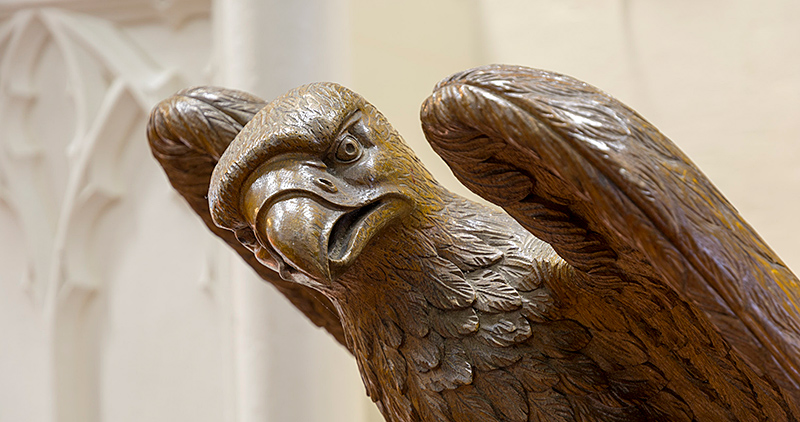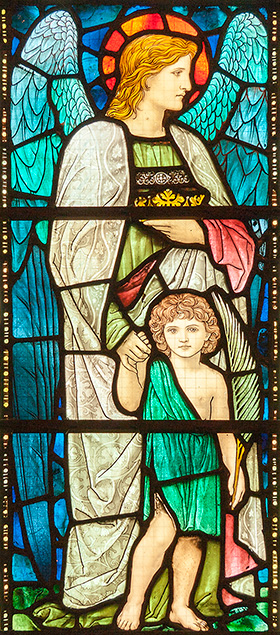Photography
Good photography makes an impact. It is able to enhance the qualities of an artwork rather than detract from them.
The photography and reproduction of artworks can also draw attention to them and reveal things that have been lost and forgotten. Images and patterns hidden in dark corners of buildings can be brought back to life if they are photographed well, making the invisible visible again. The dissemination of these images in print and online enables them to be studied and appreciated by a wider audience, and in turn enhances their own importance, bringing visitors to see the real thing.

Photographs are never purely objective reproductions of an artwork. This is much more obvious in the case of sculptural or relief work, when light and strong shadow can emphasise pattern or draw attention to certain parts of the work. Choices about the depth of field and the selection of an angle of view can include or exclude the architectural context in the case of site-specific artworks. Details can often communicate the quality and character of some artworks better than a full view of them, and the selection of these details is as much a skill as the handling of the camera.

Two-dimensional artworks present their own challenges to the photographer. The control of existing lighting and the use of additional lighting often presents great difficulties in the case of surfaces that cannot be moved, to prevent uneven exposure and glare. The successful photography of stained glass also contends with a great variation of light as well as awkward angles of view. All of these challenges need to be met both at the moment the shutter is pressed and in post-production. What appears to simply be a good photographic image is sometimes a combination of the skillful use of hardware and software and hours of work.

If you're in any doubt, the two photographs above really do show the same painting.
Photography makes the difference ...
Reviews for Stained Glass from Welsh Churches by Martin Crampin:
‘Martin Crampin scores so triumphantly because he is an outstanding and professional photographer.’ Matthew Saunders, Ancient Monuments Society Newsletter.
‘may well be the most beautiful book ever on stained glass.’ Robin Simon, editor of the British Art Journal.
‘We have become used to beautifully produced books in Wales ... yet this volume on stained glass in Wales is astonishingly good ... [with photographs] of a clarity that will impress anyone who has tried to photograph stained glass.’ Julian Orbach, Archaeologia Cambrensis.
‘... a revelation, revealing unexpected art treasures of British importance and setting a new standard in research and presentation, the author being a superb professional photographer.’ Thomas Lloyd, The Carmarthenshire Antiquary.
Sulien Books
art and craft, ancient and modern
